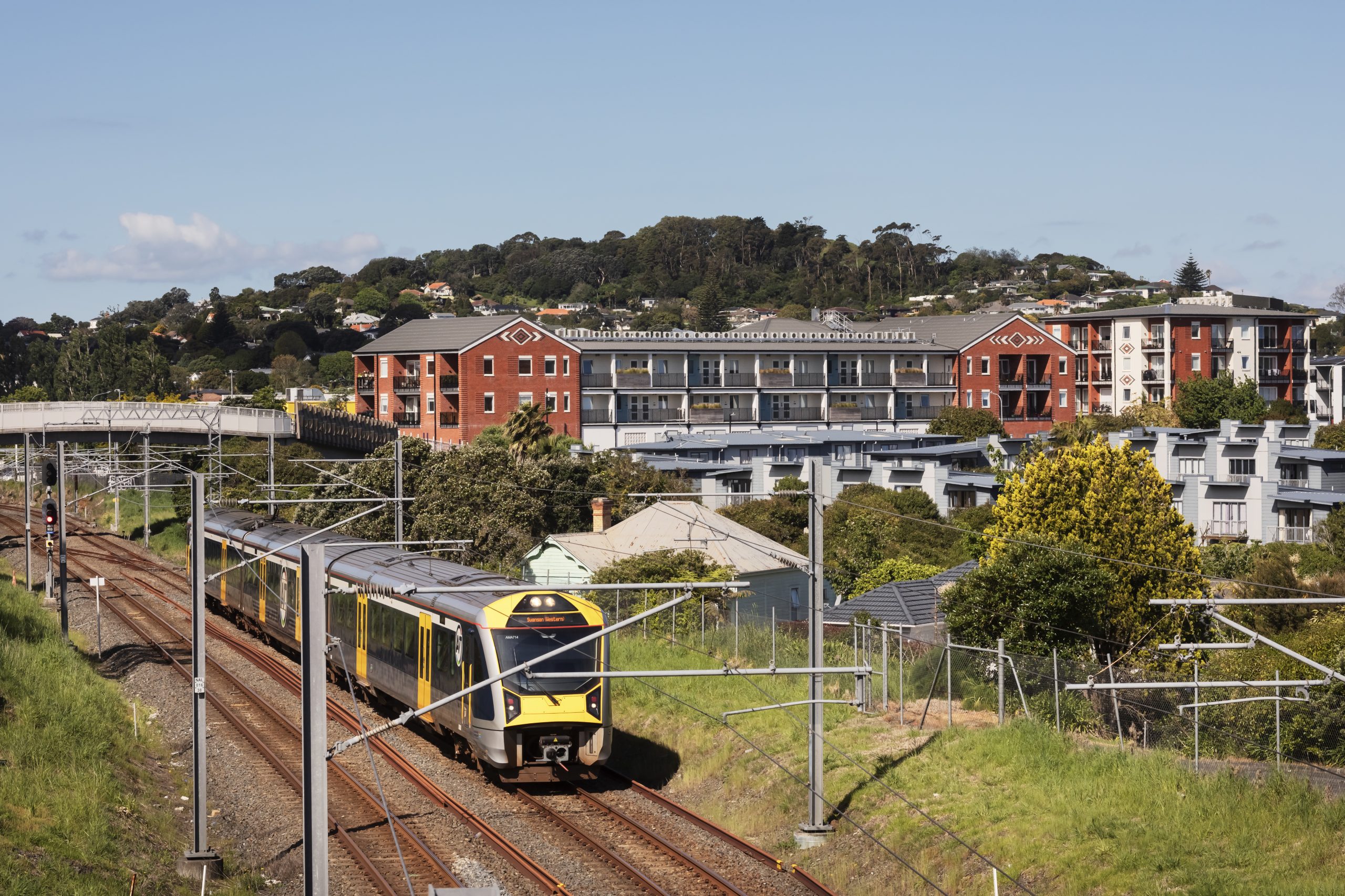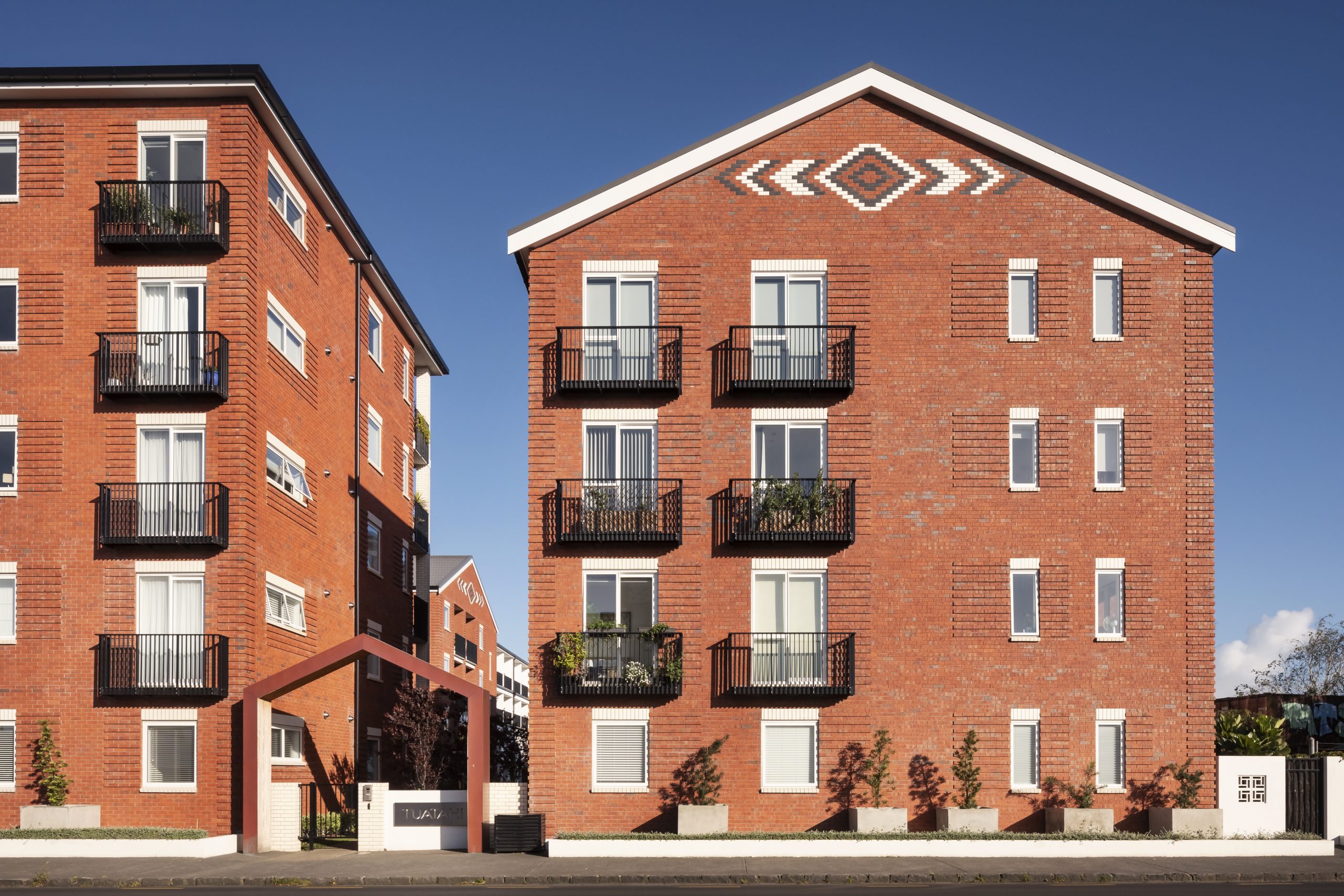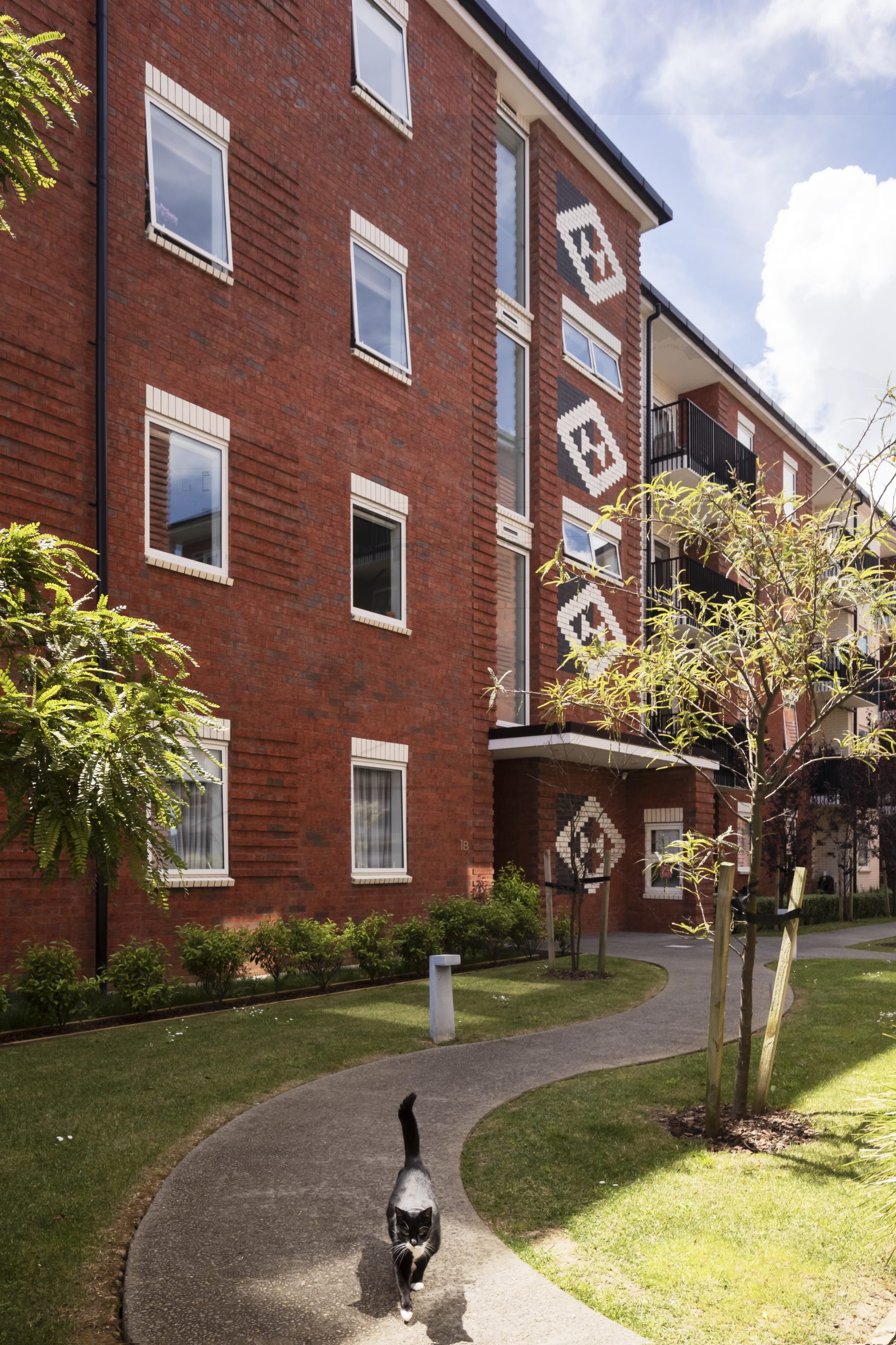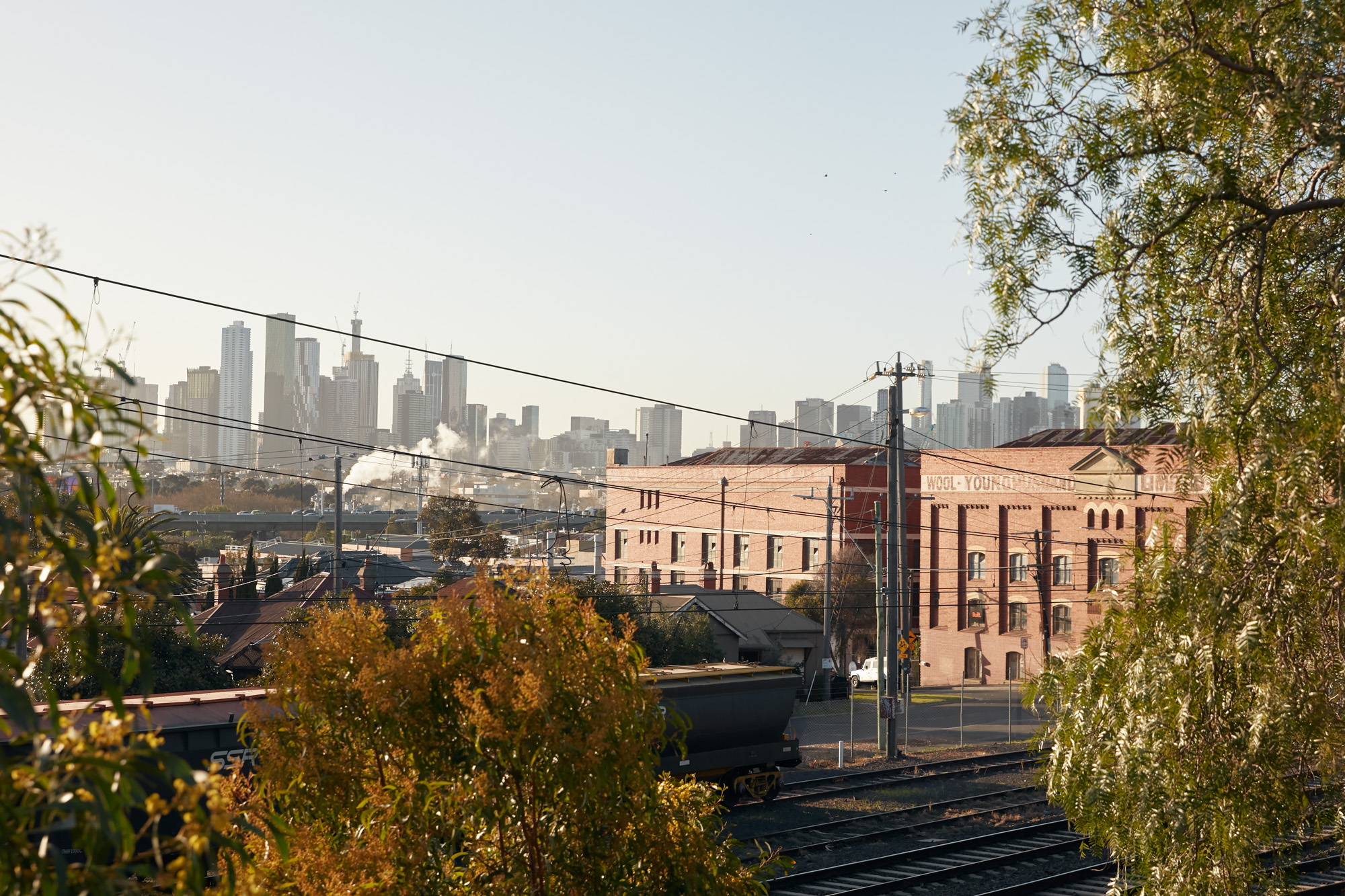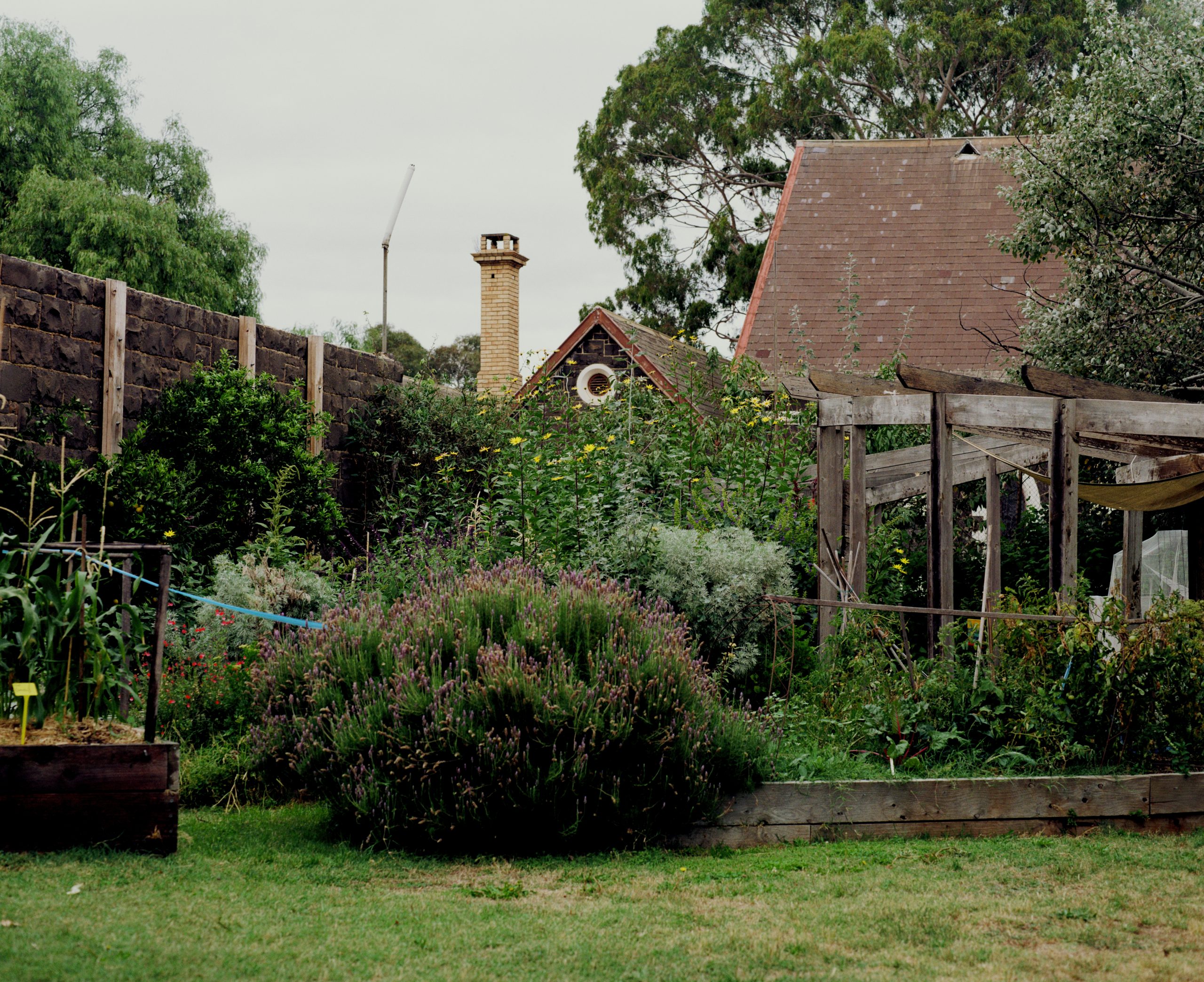In Dialogue: Densifying Cities
The escalation of global warming and population growth are prompting reconsideration of conventional approaches to planning, designing and building homes and cities everywhere. Among the many open questions, one certainty is that we’re going to have to adapt to living closer together. In Australia and Aotearoa New Zealand, where the long-cherished construct of the ‘quarter-acre dream’ has for years been slipping out of reach, the drift towards densification has been slow to gain momentum.
To deconstruct its evolution, challenges and potential, Assemble Papers invited Andy Fergus, Assemble’s head of urban design, to a dialogue with Tania Wong, head architect at Ockham, a leader in medium-density housing development in Tāmaki Makaurau Auckland. In a video call moderated by Fraser McNally, creative producer at Assemble, they share perspectives and questions from across the Tasman in an enquiry on the way forward for urban densification down under.
Fraser McNally: I’m interested to hear from you both about the status quo in your [respective] countries and areas of improvement for bringing about a more compact and denser city, denser urban fabric.
Andy Fergus: Australia is in a really interesting situation at the moment in terms of housing. We’ve got some broader challenges as a result of interest rate rises, and escalation in construction costs. We’re on track to have some of our lowest rates of supply in recent memory at the same time as we have acute need.
Tania Wong: We are struggling with the same challenges in New Zealand – the same rising interest rates, building costs are rising.
AF: In a typical economic model, if all other production costs are going up, land [value] should adjust downward to allow for projects to be viable. But landowners can just sit on their land and benefit from the appreciation in value rather than do anything.
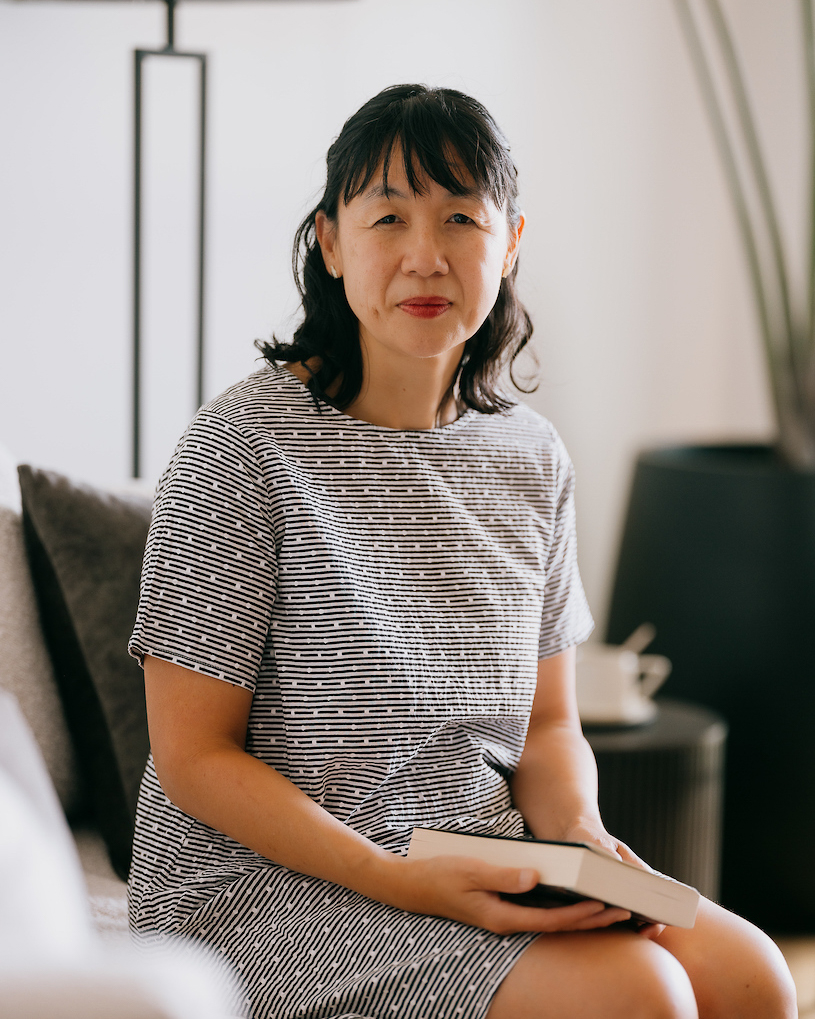
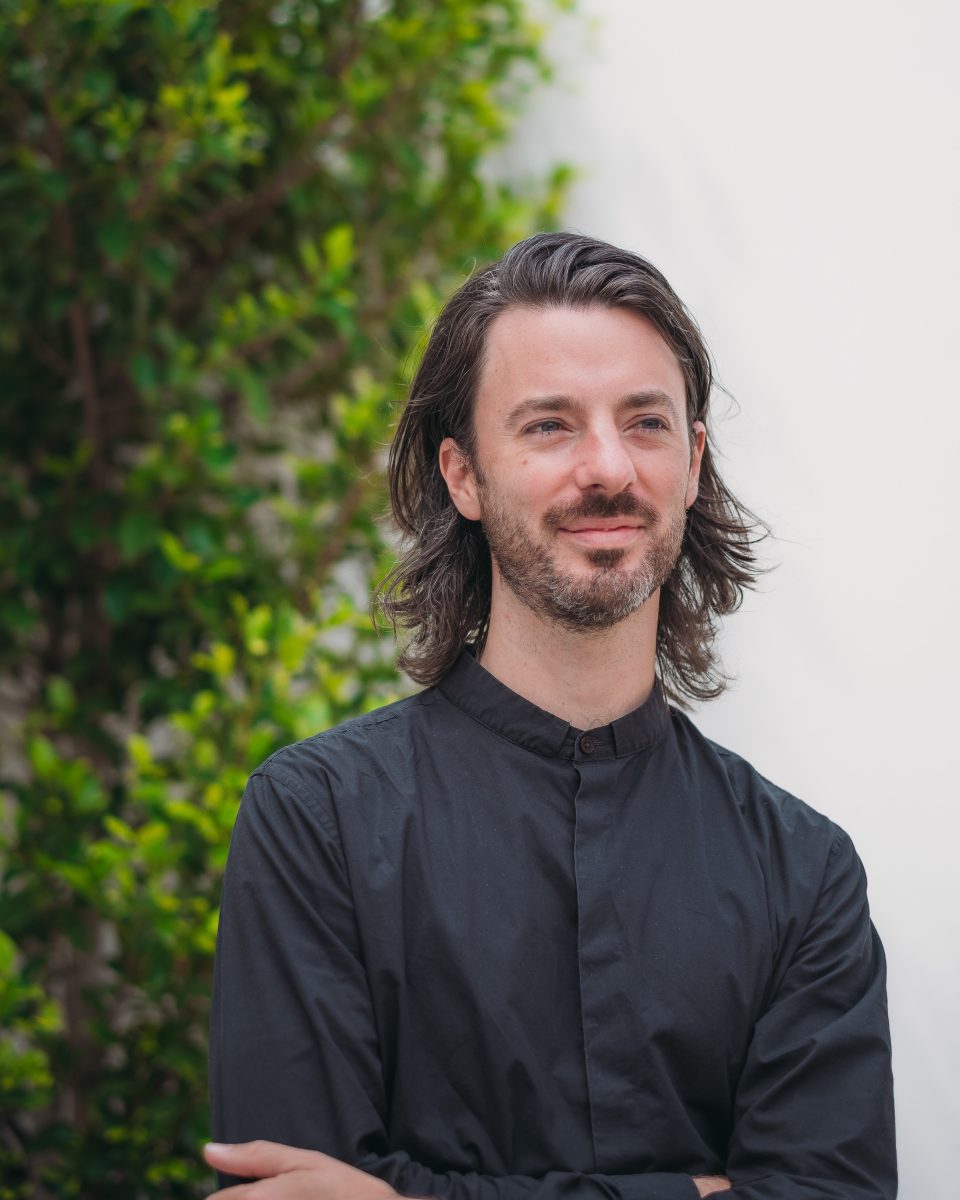
FM: What are the key structural factors that determine where and how you build?
TW: Being Kiwi, it’s instilled in us from birth that you’ve got to own your own home. Is it the same being an Australian?
AF: I would say there’s a big generational shift at the moment. For Gen X, it was an absolute expectation. Any form of renting was seen as an inferior model. Now, the politics of housing are shifting from a pure ownership politics to a politics of greater balance between renters and owners, and that’s being reflected in the government conversation about housing. Renters have been very much neglected in a housing system that has been excessively focused on promoting ownership.
TW: New Zealanders are still trying to make housing affordable in some way for the younger generations. Auckland’s Unitary Plan was implemented in 2016, which meant there was up-zoning of land, allowing for more two- to three-storey homes being built in urban areas and up to six storeys permitted close to town centres and transport hubs. The plan also removed the requirement for car parking, which opened up a lot of new sites.
A recent University of Auckland study indicated the consent of 22,000 new homes between 2016 and 2021 was directly attributed to the up-zoning of the Unitary Plan.
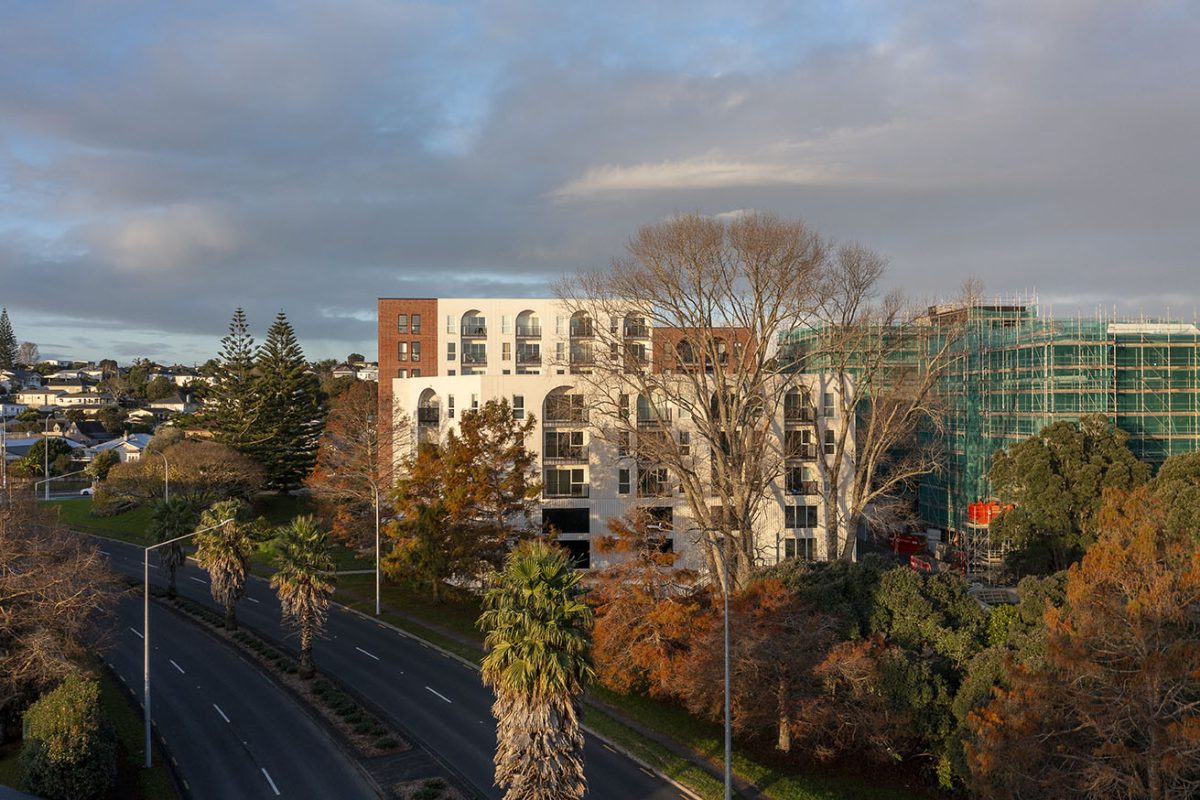
In addition, there was a new medium-density residential standard published in 2022, which allowed for three homes to be built anywhere, up to three-storeys high without a resource consent, as long as it was near a train station. Which means that if you’re 40 kilometres away from the city centre but it has a train station, you could build there without a resource consent.
AF: Is that a good thing?
TW: Not necessarily, because you’re trying to build on brownfield sites [land previously used for industrial purposes] within the city centre instead of building out.
AF: Such an important point. In Australia, each city has a completely different planning culture. It depends whether the first consultant who set up the planning culture in that state was British or American. The American culture follows a codified system, and the British culture has a discretionary system with a lot of negotiation. Narrm/Melbourne has a more discretionary system. Sydney and Perth have much more codified systems.
In the Narrm/Melbourne discretionary planning context, you can argue that in a lot of locations – particularly in areas designated for growth – there’s often not a great deal of certainty. You’d think that sounds good for development. What it actually promotes is a culture of speculation. So you get a lot of permits issued for sites in Narrm/Melbourne on which no-one has any intention to build, but which add a huge amount to the value of the land. In the central city, there were stories of landowners achieving a 400% uplift in land value from a speculative development application without building a thing.
FM: Is a similar situation happening in Auckland?
TW: Actually, it is. But because our planning system’s more regulated, you don’t have those inflated bits of land where someone can just say, “This could be here. You could do this.”
FM: I’m curious about the current and future expectations of First Nations and Māori engagement within the development space. Is this government- and policy-driven or industry-led?
TW: In general, it’s more industry-led. There are a lot of practices at the moment that have Māori design at the forefront. We had the opportunity to partner with the Marutūāhu iwi collective, whom we got to know through the Crown Land Program. We’ve continued our relationship since, and currently have Toi, a 65-apartment development under construction. Auckland Council has a design manual with guidance on the Māori design principles. There have been mixed reviews about whether that’s been helpful, or whether people misuse it and don’t consult with local iwi, and it can be seen as tokenistic.
FM: And Andy, how would you describe the current state of First Nations engagement with development?
AF: The level of engagement in urban development is super variable across Australia. Narrm/Melbourne is really far behind, with very few requirements in private development. In my experience of south-west Western Australia as well as in parts of Northern Queensland, it’s much more culturally driven, the community is super present and active in design processes. Western Australia is quite specific because they’ve got a Settlement Agreement in place with the Noongar, which functions like a treaty. So there’s a really strong engagement embedded in that and expected across government and private projects. It feels much more culturally driven.
Sydney is the leader in terms of direct urban regulation. Their Connecting with Country Framework was introduced in 2023 following a number of years in draft form. While an incredibly important step forward, some of the framework’s authors talk about the challenges of designers just appropriating superficial graphics or applying artwork, rather than engaging with culture to drive the overall development. We need to be asking if you’re still damaging Country through your development or whether you’re actually improving or healing Country as part of your development. In the case of the latter, perhaps the regulation is leading the culture, and it will just take time to establish a deeper level of opportunity in projects through meaningful engagement. Of course, we need both!
FM: I want to focus on more transparent decarbonisation in development. What are your interrogations when it comes to a carbon-free build in the future for your buildings?
TW: It’s hard, as steel and concrete are the building materials that we use. That said, a lot of businesses we source from are markedly reducing their carbon emissions. The previous Labour government was going to fund the decarbonisation of steel.
AF: This is a big conversation in Australia because, obviously, we produce so much of the raw resources that go into construction, but so much of it is exported for offshore manufacturing. So you’ve got the shipping carbon plus the energy use in manufacturing in other countries to bring it back. I just saw an [Environmental Product Declaration] for a cladding project which had 27,000 kilometres of travel miles around the globe before arriving on site. We need to talk about our production capacity locally if we are to achieve serious change. The Superpower Institute has been doing some great research and advocacy about transitioning Australia to a kind of green material production superpower by producing things at the source rather than exporting ores around the world. Using widely available clean power, and enhancing local manufacturing capacity of low or zero carbon projects is really our only way forward.
I think supply chain depth and the lack of regulation to drive innovation in that sector is our biggest barrier. I think this idea of government investing into the supply chain, into material production to secure decarbonised futures would be an amazing. I’m not talking about subsidy, I mean investing in areas that need to be overhauled in terms of the electricity used in material production, in terms of recycling aluminium – we actually need targeted amounts of seed investment to catalyse that transformation. A combination of regulation with seed funding could directly encourage those changes, and we could transform the material landscape within 10 years.

